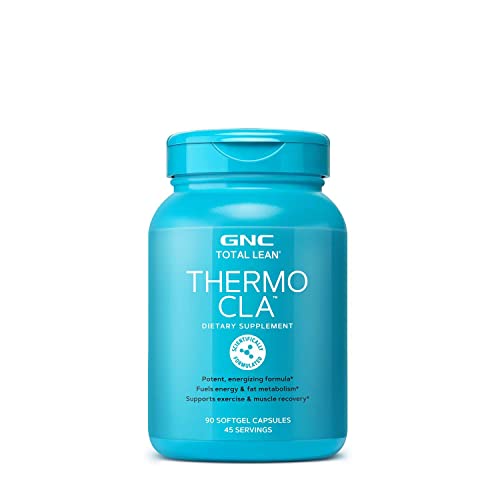Are Smoothies Really as Healthy as They Seem?

When it comes to smoothies, the perceived healthiness can sometimes be more complex than it appears. While they can offer a convenient way to pack in nutrients, there are factors to consider that might surprise you. Have you ever wondered if the ingredients in your go-to smoothie could be hiding sugars or causing nutrient imbalances? Let’s explore this topic further to shed light on whether smoothies truly live up to their health halo.
Hidden Sugars in Smoothies
Unbeknownst to many, smoothies often conceal high amounts of hidden sugars, which can significantly impact your daily sugar intake. While you may think you’re making a healthy choice by grabbing a smoothie, it’s important to be aware of the potential sugar content lurking within. Many smoothie recipes include ingredients like flavored yogurts, fruit juices, and sweetened almond milk, all of which can contribute to a high sugar load without you even realizing it.
When you consume a smoothie that’s packed with hidden sugars, you might experience a sudden spike in energy followed by a crash not long after. This rollercoaster effect can leave you feeling tired, irritable, and craving more sugary foods to maintain your energy levels. Additionally, consistently consuming high levels of hidden sugars can lead to weight gain, increased risk of diabetes, and other health issues over time.
Next time you reach for a smoothie, take a closer look at the ingredients to ensure you’re not unknowingly consuming excessive amounts of sugar. Making your own smoothies at home using whole fruits, vegetables, and unsweetened ingredients can help you better control your sugar intake and make healthier choices for your overall well-being.
Impact of Large Portion Sizes
Large portion sizes of smoothies can unknowingly contribute to excessive calorie consumption and potential health risks. While smoothies are often perceived as a healthy choice, consuming large servings can lead to an intake of more calories than your body needs. Many commercially available smoothies, especially those from cafes and restaurants, are served in sizes that are much larger than what’s considered a standard serving. These oversized portions can pack a significant amount of calories, sugars, and fats, which may not align with your health goals.
When you opt for a large smoothie, you might be consuming more fruits, dairy or plant-based milk, sweeteners, and other ingredients than you realize. This can lead to an imbalance in your overall nutrient intake and potentially contribute to weight gain or other health issues over time. It’s important to be mindful of portion sizes when enjoying smoothies, especially if you’re watching your calorie intake or trying to maintain a balanced diet.
Nutrient Imbalance Concerns
Consuming oversized smoothies can result in an unintended nutrient imbalance that may affect your overall health. While smoothies can be a convenient way to pack in nutrients, loading them up with excessive amounts of fruits, vegetables, and other ingredients can lead to consuming an imbalanced mix of vitamins, minerals, and macronutrients.
For example, too many high-sugar fruits in a single smoothie can spike your blood sugar levels, potentially causing energy crashes later on. On the other hand, an excess of leafy greens can lead to an overload of certain vitamins and minerals, which may have adverse effects on your health.
To avoid nutrient imbalances in your smoothies, focus on variety and moderation. Incorporate a mix of fruits, vegetables, proteins, healthy fats, and liquids in your smoothie recipes. Additionally, consider rotating your ingredients to prevent overconsumption of specific nutrients.
Healthy Smoothie Making Tips
For optimal smoothie-making, remember to prioritize ingredient variety and portion control to ensure a well-balanced blend. Start by including a mix of fruits, vegetables, proteins, healthy fats, and liquids in your smoothie. This variety ensures you get a wide range of nutrients in one go. Choose fresh or frozen ingredients over canned or processed ones to avoid added sugars and preservatives. Experiment with different combinations to keep your smoothies exciting and your taste buds satisfied.
When it comes to portion control, keep an eye on the amount of each ingredient you add. While fruits are nutritious, they also contain natural sugars, so don’t overload your smoothie with them. A good rule of thumb is to balance the sweetness of fruits with leafy greens or vegetables. Additionally, watch the portion size of calorie-dense ingredients like nut butter or seeds.
Are Store-Bought Smoothies Healthy?
When considering the healthiness of store-bought smoothies, it’s important to scrutinize their ingredients and nutritional content to make informed choices. While convenient, many store-bought smoothies can be deceivingly high in added sugars, artificial ingredients, and calories. These factors can outweigh the potential health benefits of the fruits and vegetables used in the smoothie.
Store-bought smoothies often include fruit juices, sherbets, or sweetened yogurts, which can significantly increase the sugar content without providing substantial nutritional value. Additionally, some smoothies may contain syrups, artificial flavors, or preservatives that aren’t beneficial for your health.
To ensure you’re making a healthier choice when opting for a store-bought smoothie, read the ingredient list carefully. Look for options that primarily include whole fruits, vegetables, and natural yogurt or milk. Avoid smoothies with added sugars, artificial sweeteners, or high-fructose corn syrup. Alternatively, consider making your own smoothies at home using fresh ingredients to have better control over what you’re consuming.
Diet & Sports Nutrition










